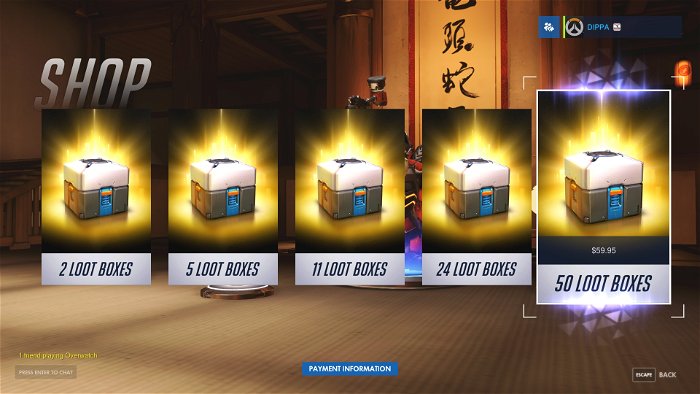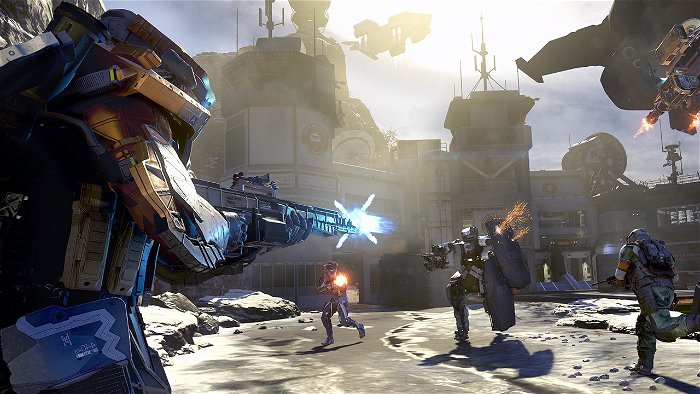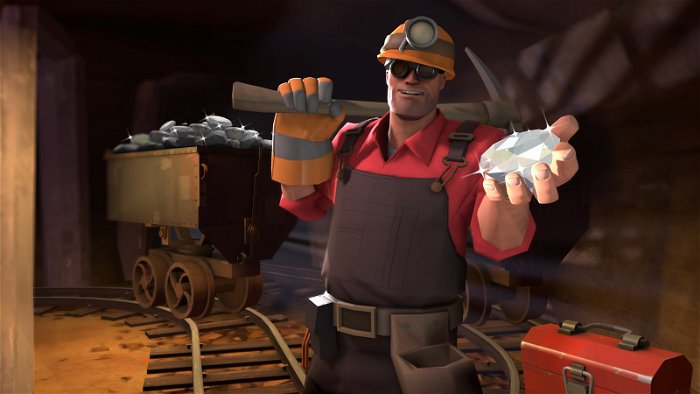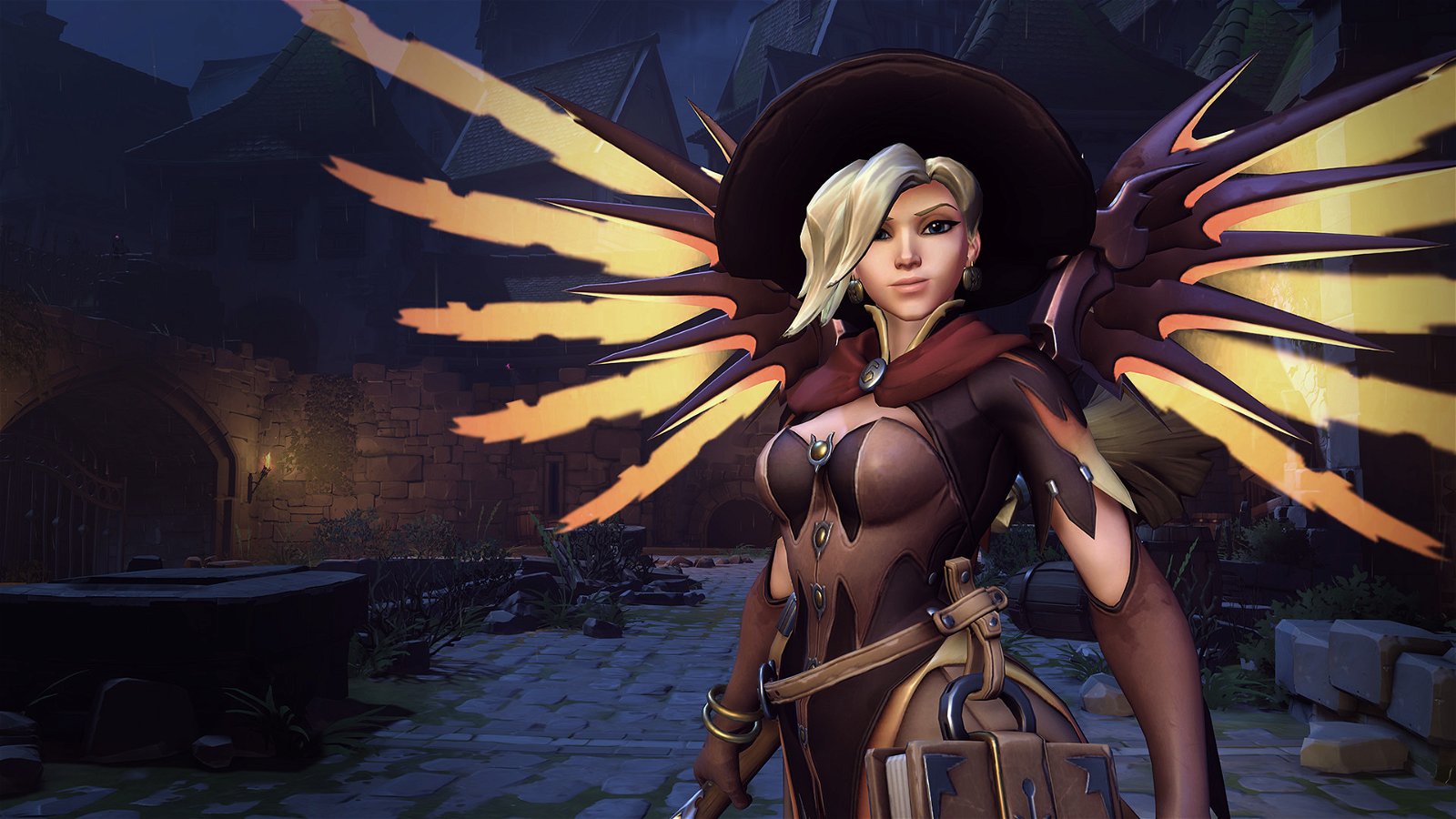The NPD Group recently released an infographic that details the amount of money spent by gamers of downloadable content (DLC).
The information presented here exactly shocking – anyone who has played a videogame in the last several years is well aware of a shift towards monetization and games as an ongoing service rather than a complete package. The most disturbing statistics indicate that weapons and tools account for 31 per cent of online purchases.

This may not immediately be alarming in and of itself. But when one takes into account pay-to-win mechanics being implemented in a full price game like Call of Duty: Infinite Warfare, Ubisoft’s announcement that they will be moving towards a “games as a service model”, Valve essentially dropping all game development to sell hats, and even Blizzard pushing their pay-to-gamble loot box system in Overwatch, these stats mean two things.
- Gamers are willing to pay for anything, even if it’s just an RNG chance to get something new.
- Companies are making lots of money from these systems.
Getting an expansion for a game you loved used to mean spending $15-20 for a new campaign, new weapons and items, new characters, classes or races. These days, gamers will spend that much on a shiny new skin that resembles their favourite celebrity (looking at you, Run the Jewels). Remember the outcry from angry gamers in response to Horse Armour in Elder Scrolls Oblivion? How naïve and silly does that look from the perspective of a modern gamer that happily spends actual, real money for in-game currency?

The most egregious of these new systems is easily the loot box. Players are no longer paying for an item; they are paying for a CHANCE to get an item. This isn’t gambling for a chance to get more money, this is gambling for a chance to get something that used to be available for free.
A chance, mind you. Not a guarantee.
Apparently we’ve come to a point where gamers don’t care if they’re spending their money on nothing more than an RNG…literally blowing real cash on the spin of a code.
As much as this system is disgusting, anti-consumer, patently greedy garbage, I understand it. From a moneymaking perspective, this is fair capitalism. If people are willing to throw developers cash for purely cosmetic items, why the hell wouldn’t a company do this? They don’t actually have to produce anything and will receive droves of cash for little to no effort. Pay a developer or an artist for one day’s work, then sell infinite numbers of items with zero production cost. Hook them with the idea that some of the items are more rare and exclusive than others and they will flock to throw money at you for nothing more than a randomly generated chance.

However, where this new trend starts to get really gross is when these systems are no longer cosmetic. Taking a pay-to-win model and implementing it in full priced, competitive game is just nasty. Call of Duty: Infinite Warfare is a game that does just that. Players are now able to pay for better weapons, perks and upgrades that give them a clear advantage over their competitors with wallets that aren’t quite as deep. Of course, they’ve masked this poison with a sugary coat of “don’t worry, you can earn all of these upgrades for free simply by playing, this is just available for people who want it right away.”
Breaking down the math in relation to Call of Duty: Infinite Warfare however, indicates that while is technically true, the amount of time and effort involved is staggering. NeoGAF user Hamster Plugin did the calculations and came to the following conclusion:
“The problem here is that you need to collect a currency called “Salvage” to craft. From my beta playtime I got around 7-10 salvage per game. To craft the best (Epic) version of a gun, you need 5,840 salvage (200, then 540, then 1600, then 3500). Assuming you get 10 salvage every game (and that’s probably not happening), you need to play 584 games. A COD match takes anywhere between 7-15 minutes to complete – assuming 10 minutes per game, that’s 97 hours to complete one gun.”
And the best part? These boxes are STILL randomly generated. Even after playing 97 hours or spending your hard-earned cash (after dropping $79.99 on the full game) you’re still not guaranteed anything – it’s all chance. But keep playing, and keep buying, because that next supply drop just might have what you need!

I understand that development costs for big titles are higher than ever, and continue to skyrocket. The AAA gaming model we are familiar with simply has to change in order to remain sustainable. Unfortunately, thanks to companies like Valve, Infinity Ward, and Ubisoft, this future is on-disc, locked DLC, microtransactions, RNG loot boxes, and hats. The NPD report shows that gamers are more than willing to part with their money for nothing more than a chance at something new. There is simply no incentive for a large company to avoid this. It’s given them the ability to print money, and in cases like Valve, essentially abandon game development altogether.
When people complain about a lack of diversity in film, or anti-consumer practices in other forms of media (like the music business), the same phrase pops up over and over, “Vote with your wallet”.
Well, gamers have voted, and they voted for this. Thank the gods we have a burgeoning Indie scene. Use your vote to support that instead.




